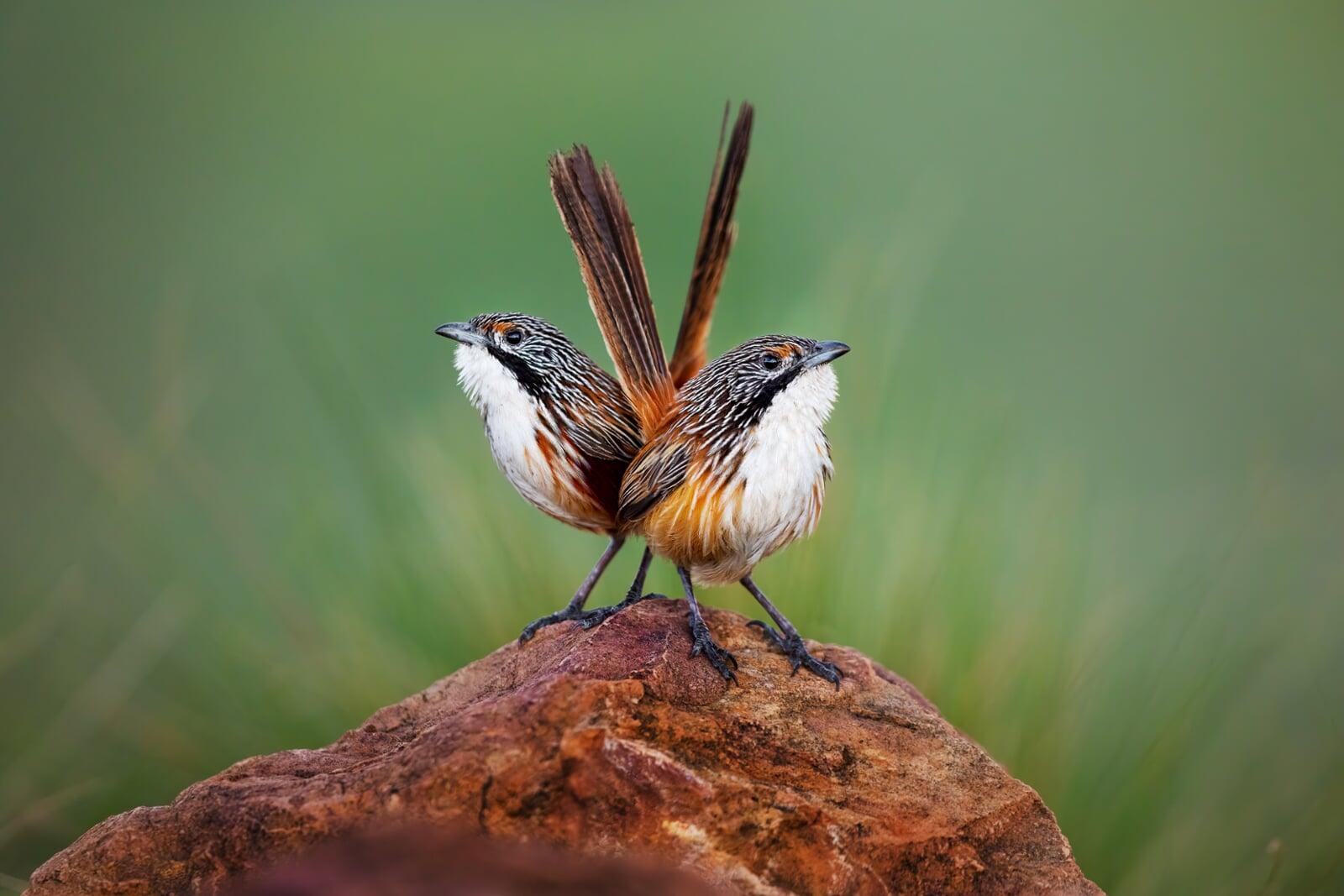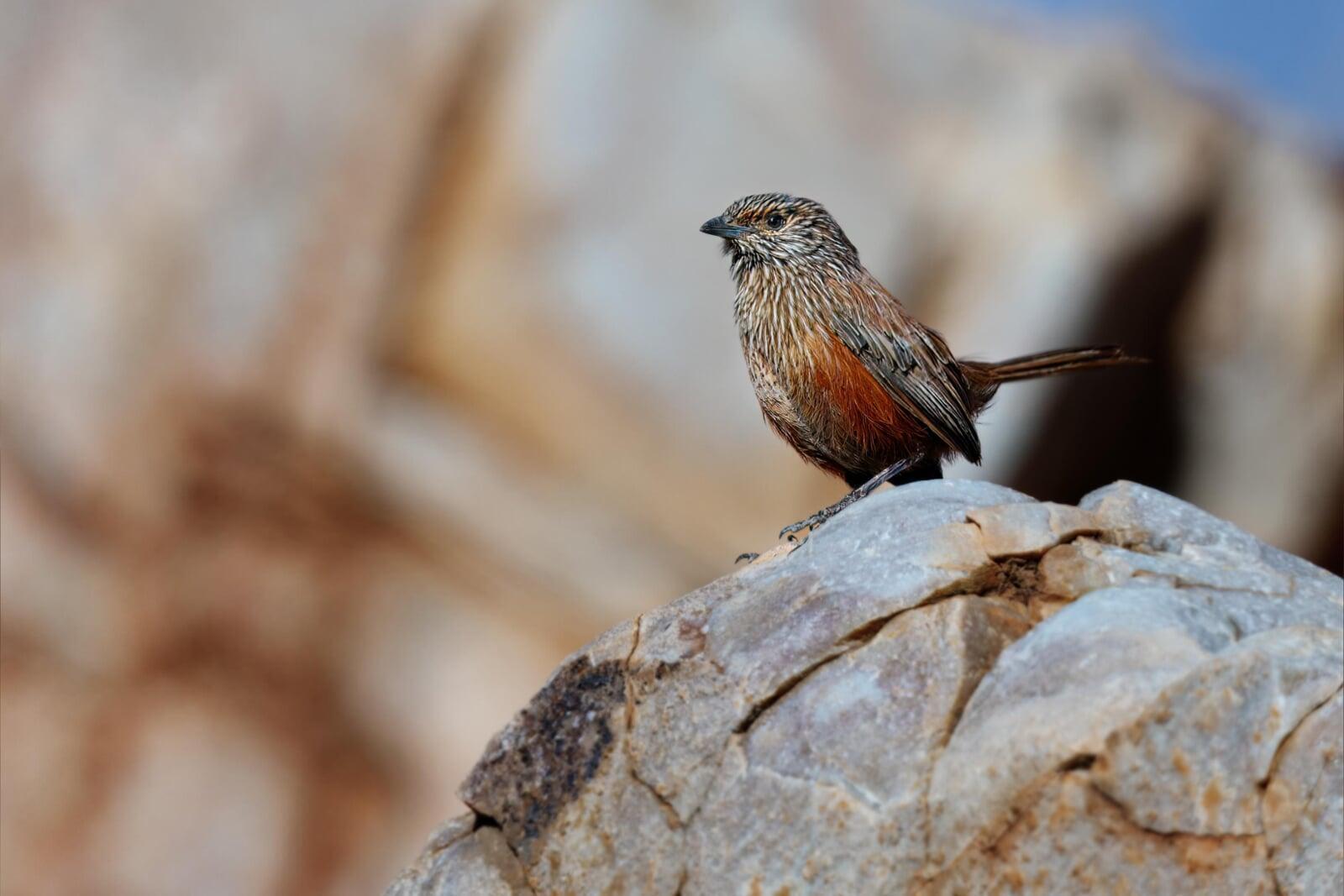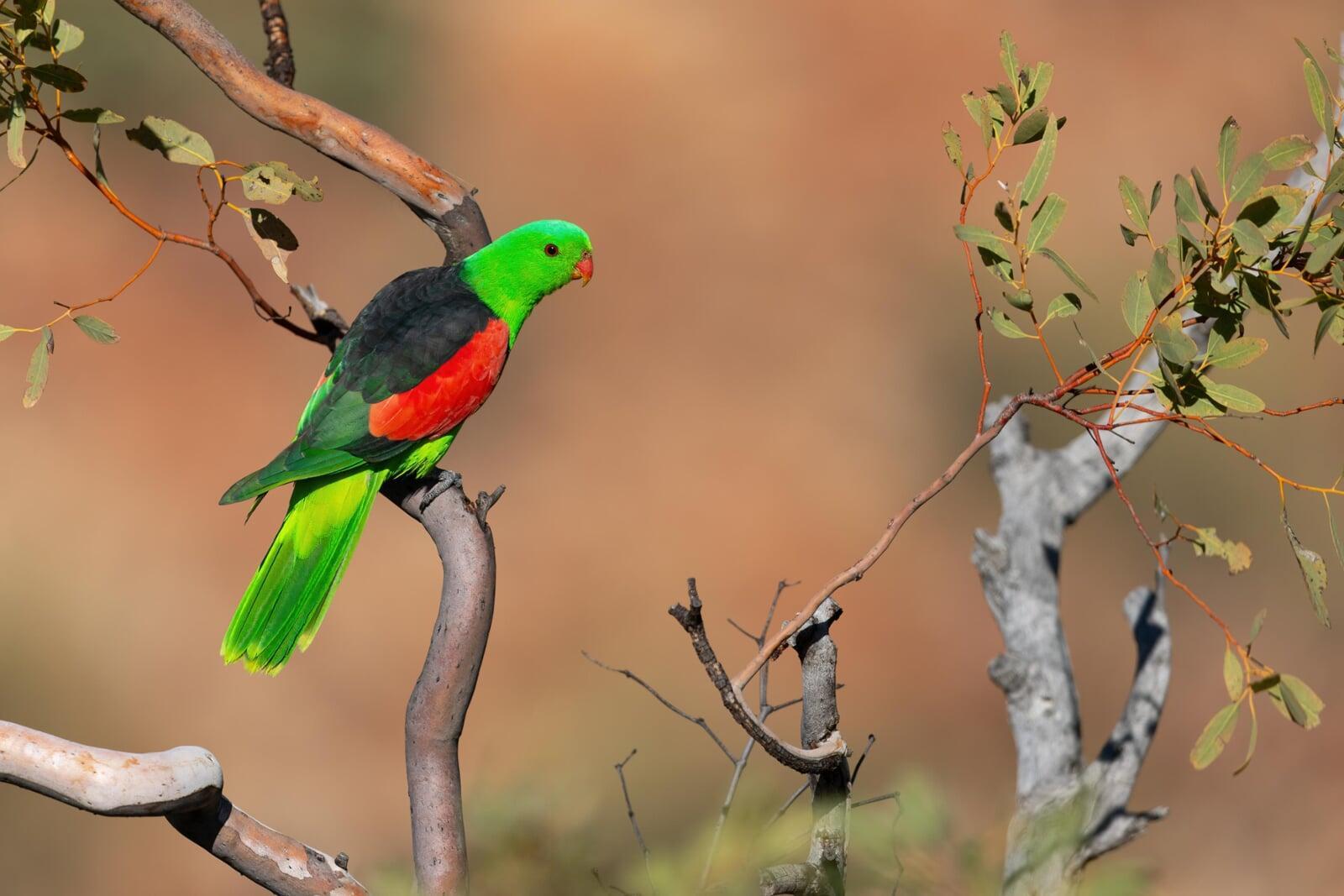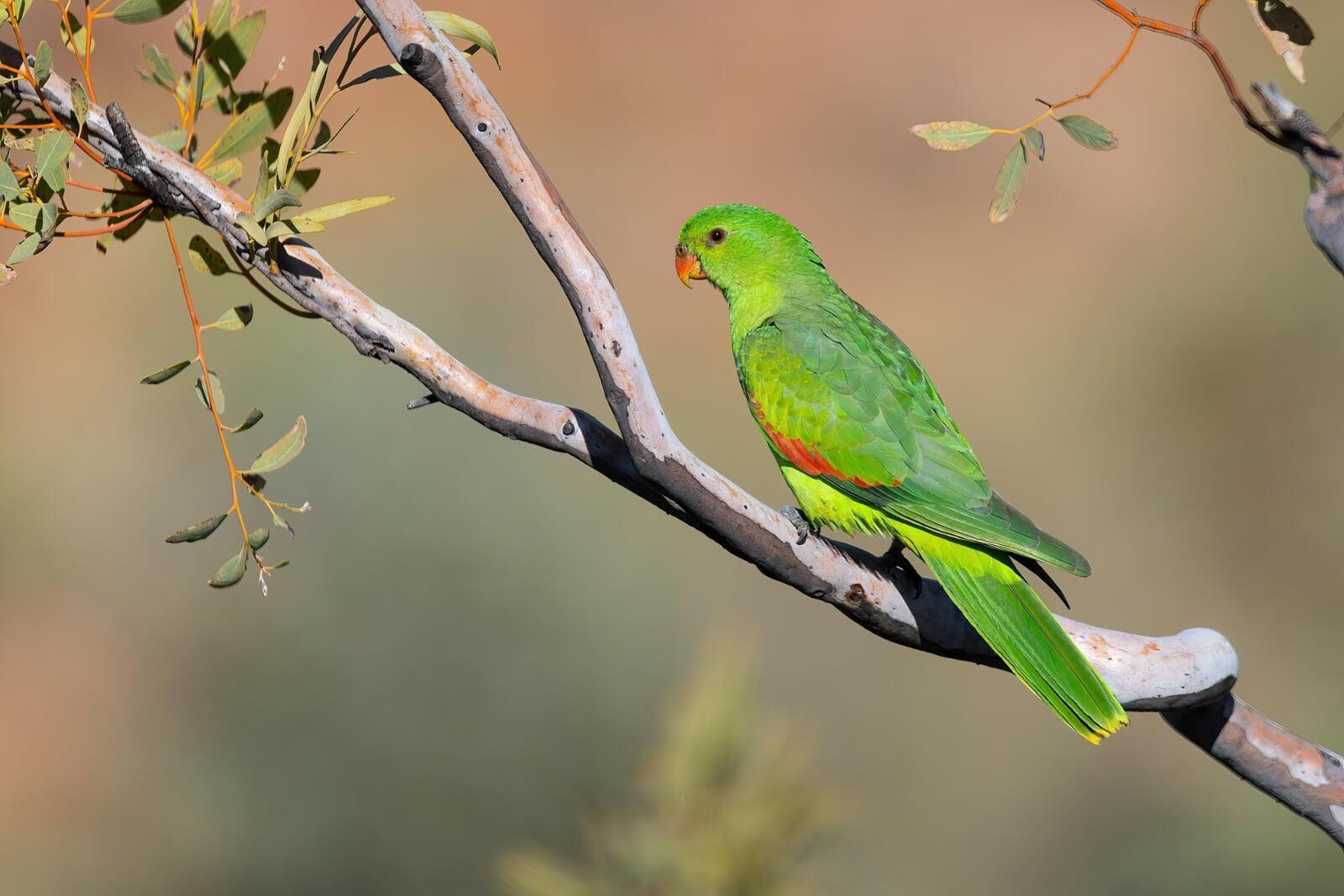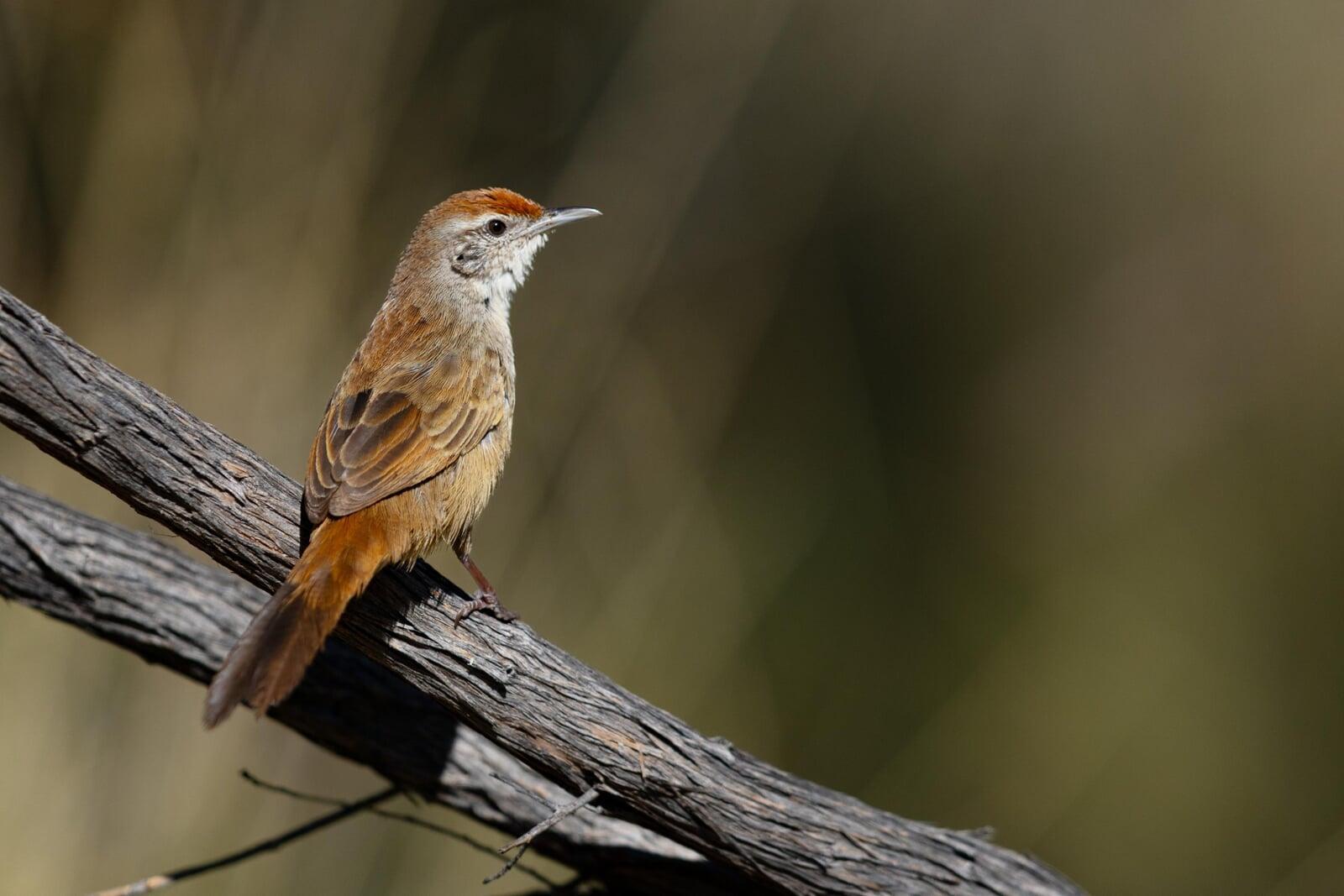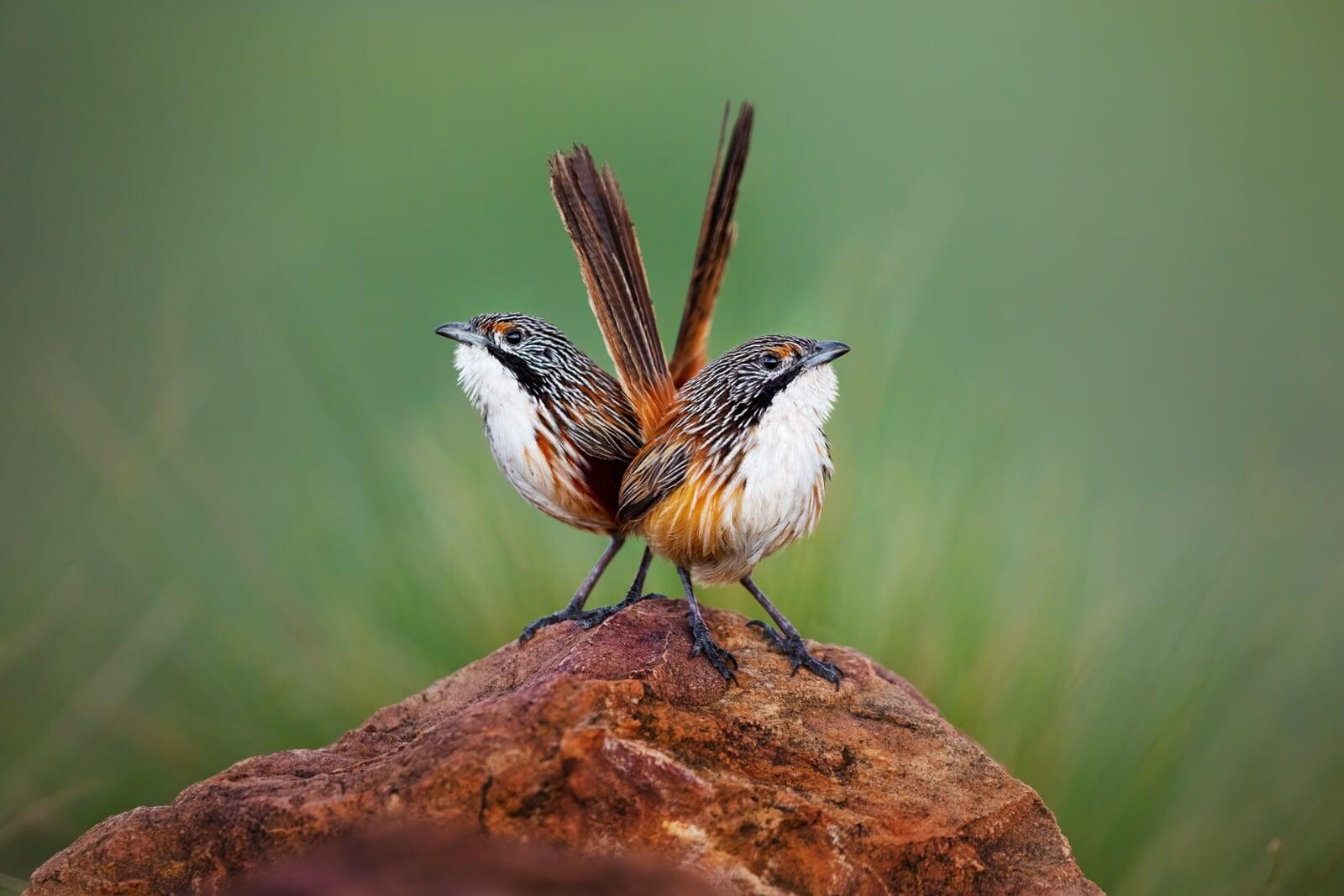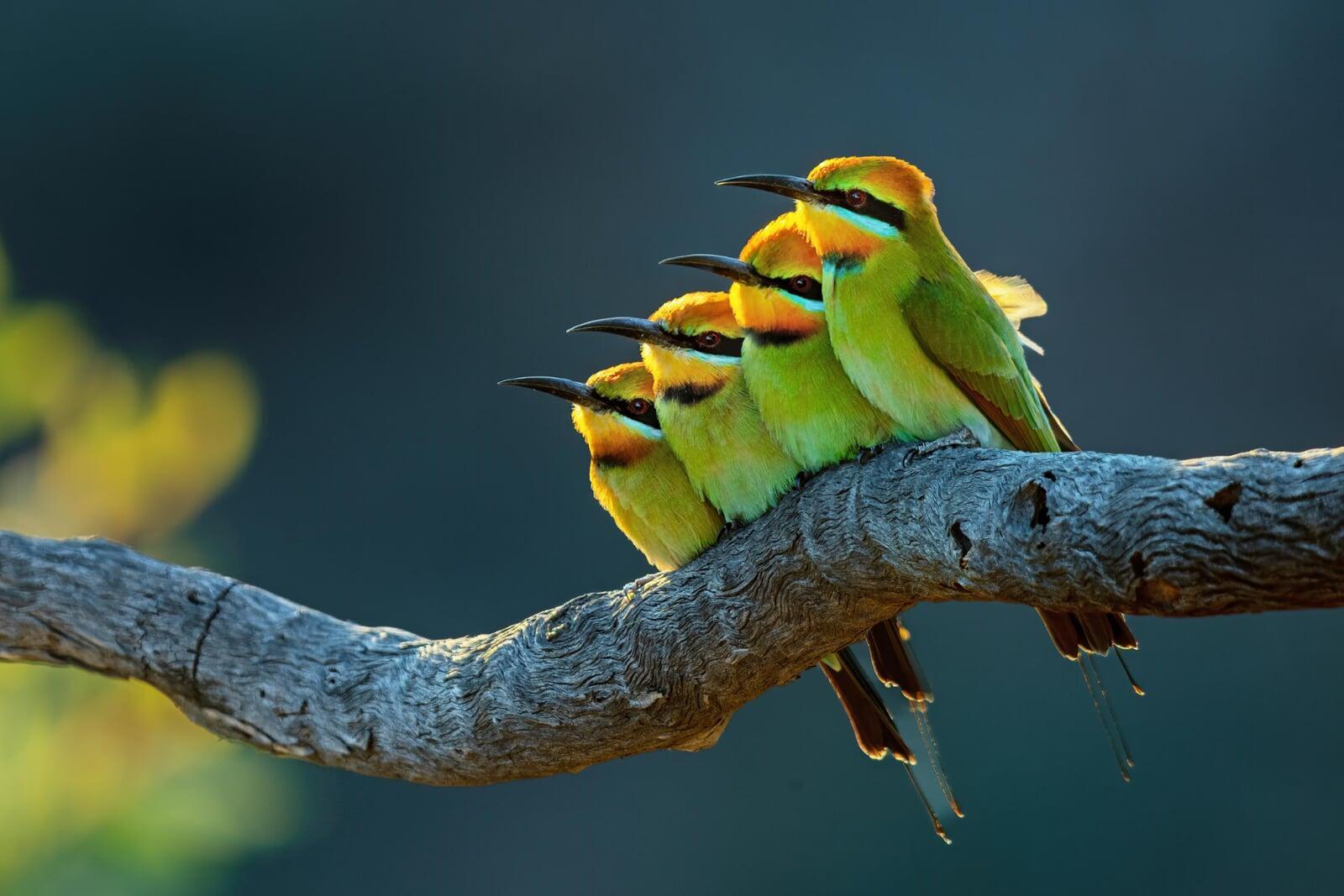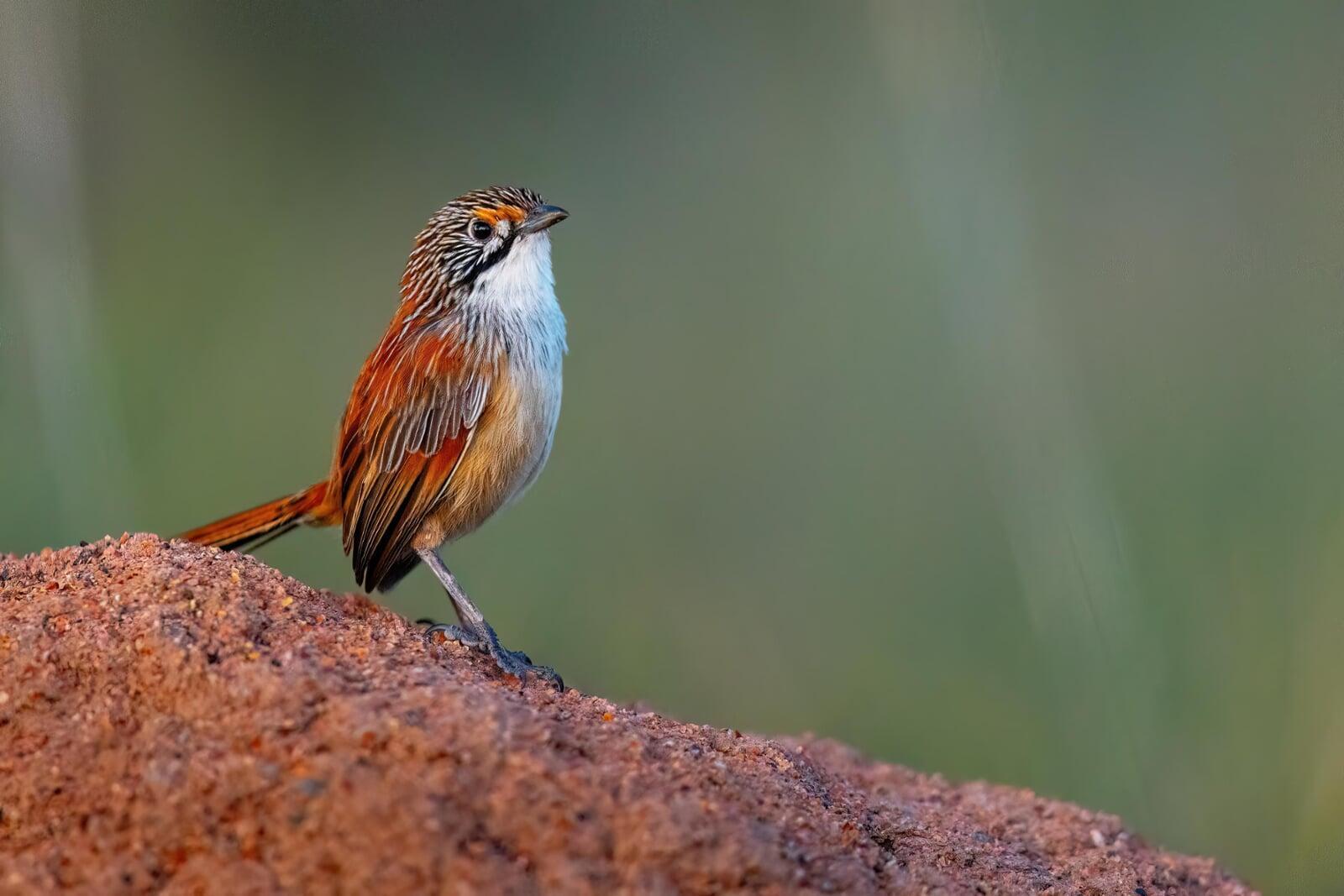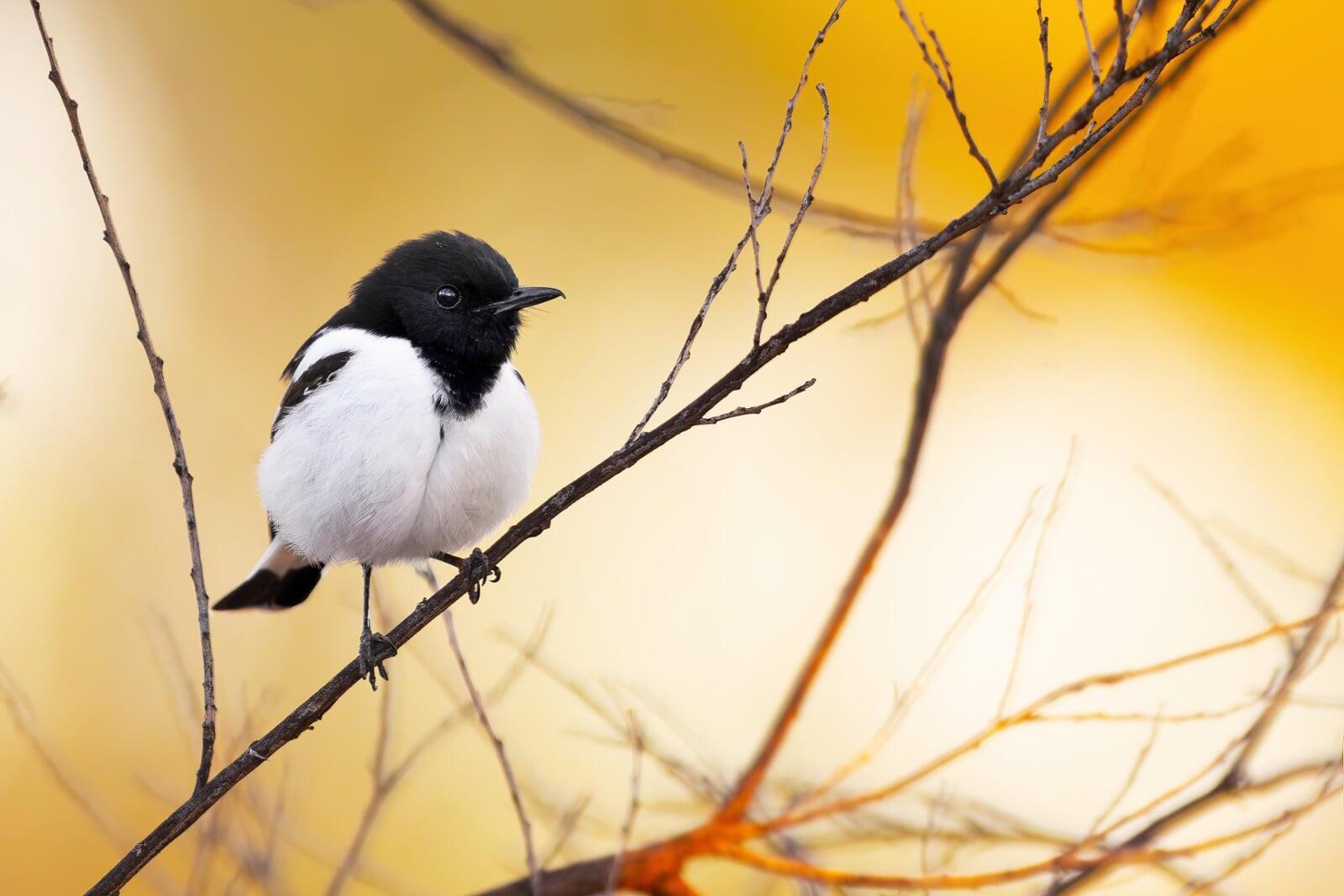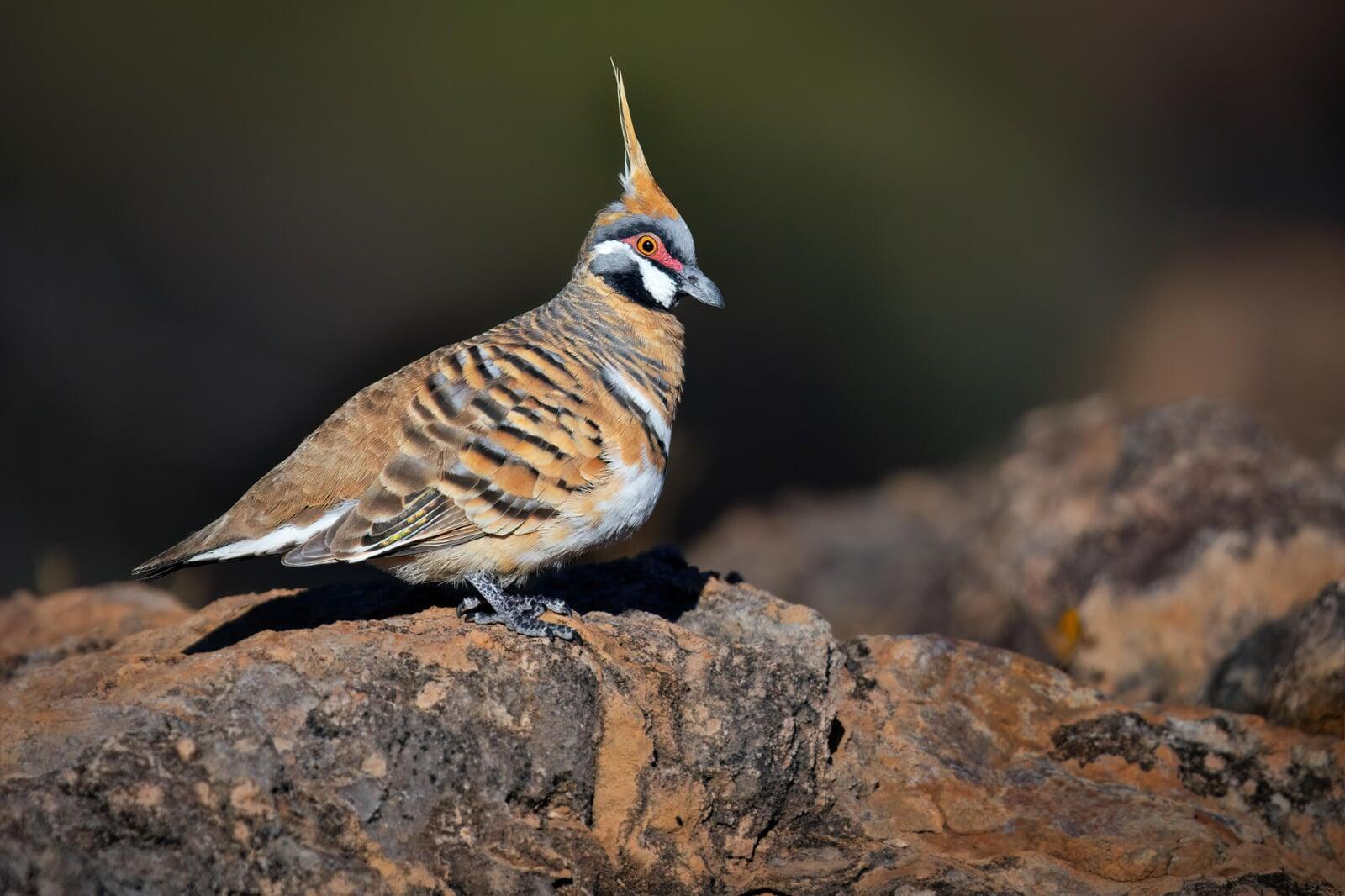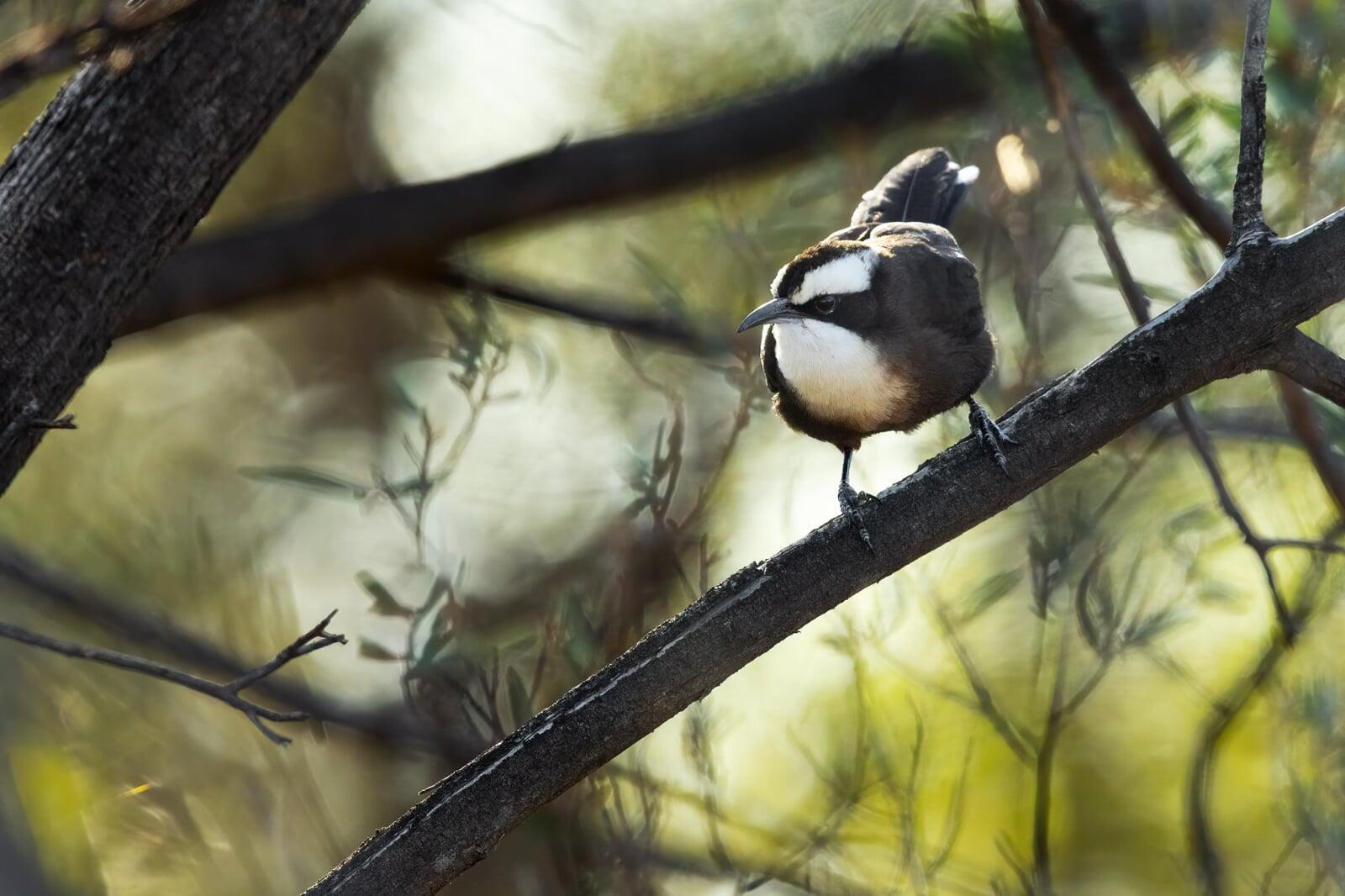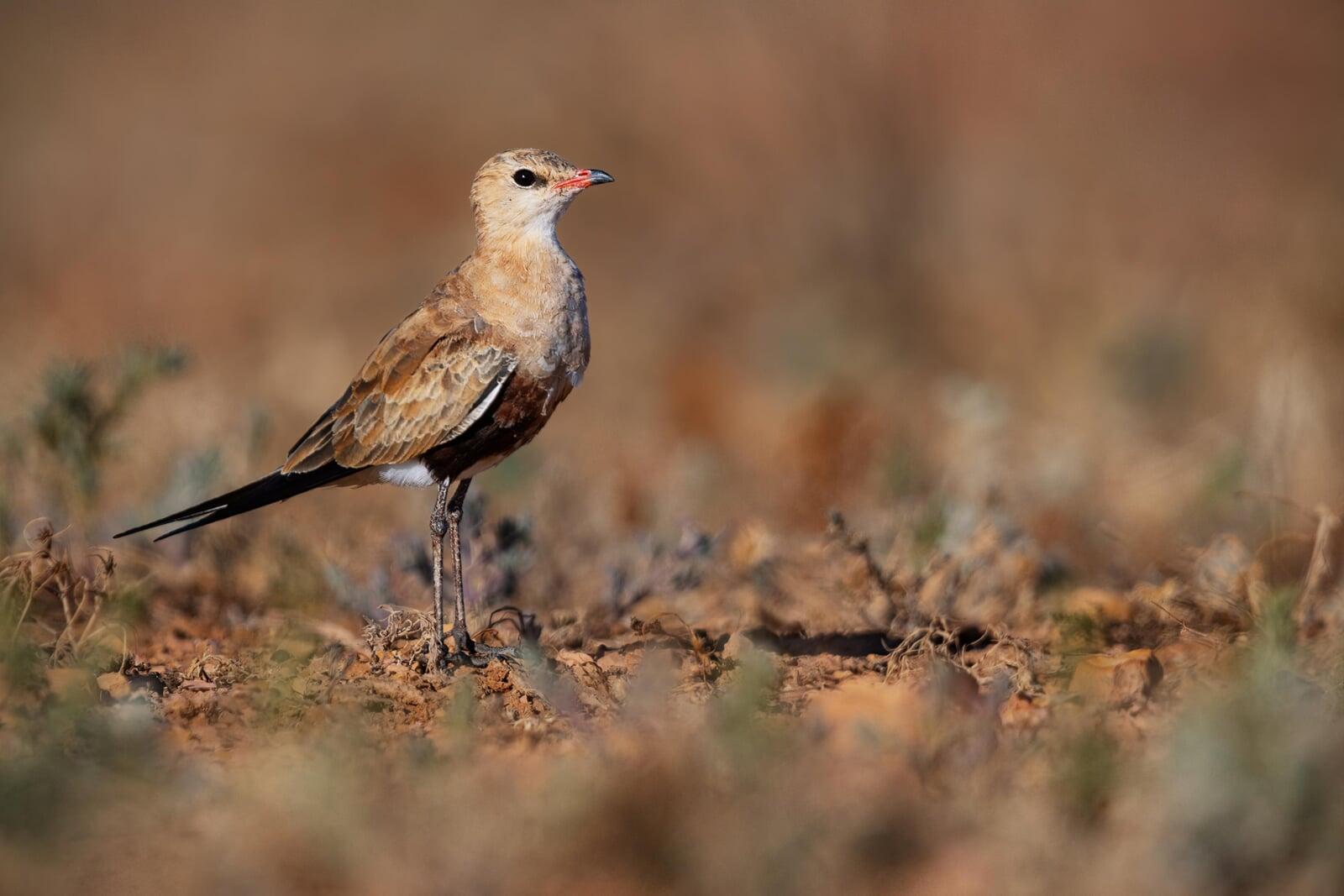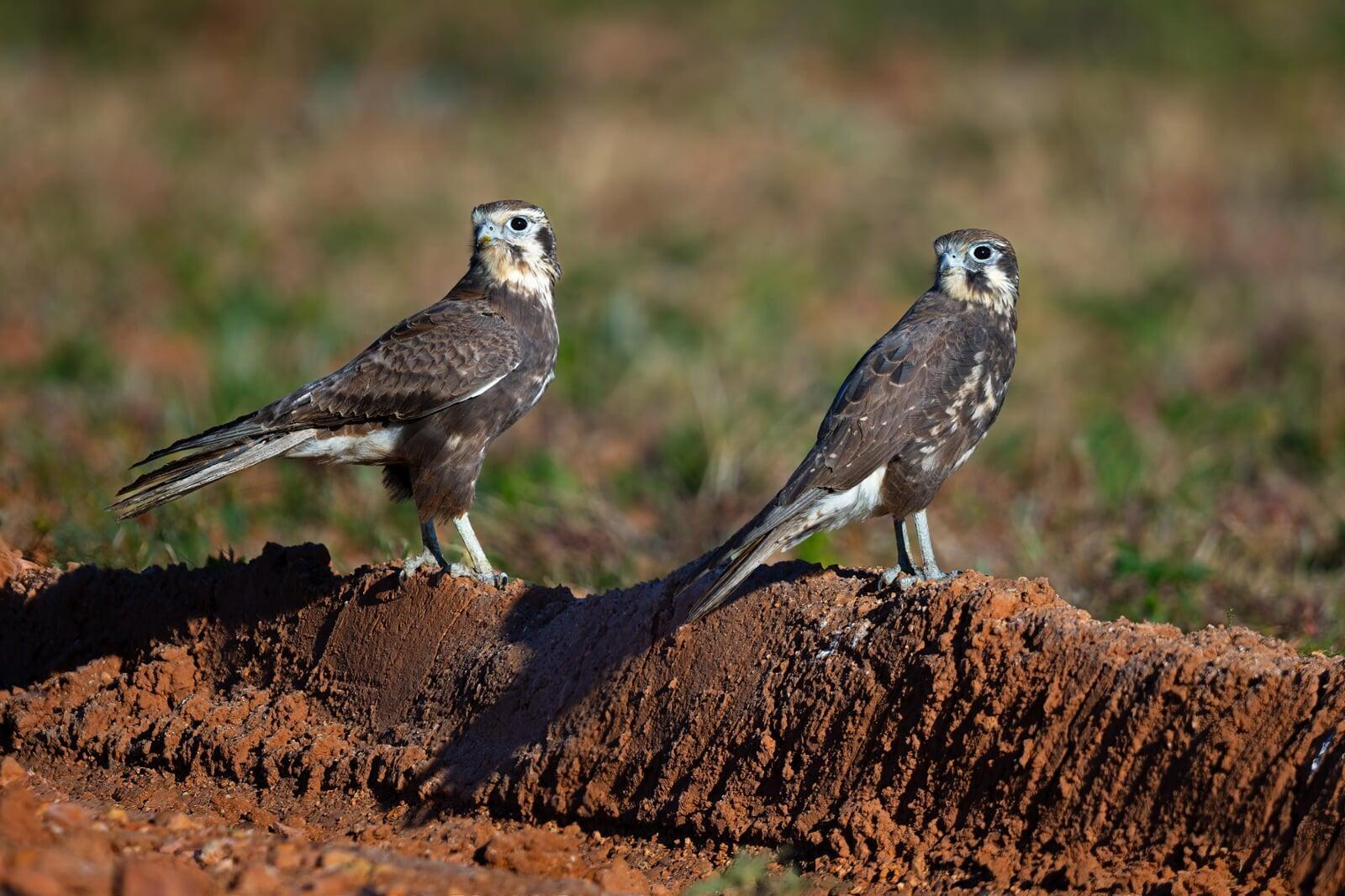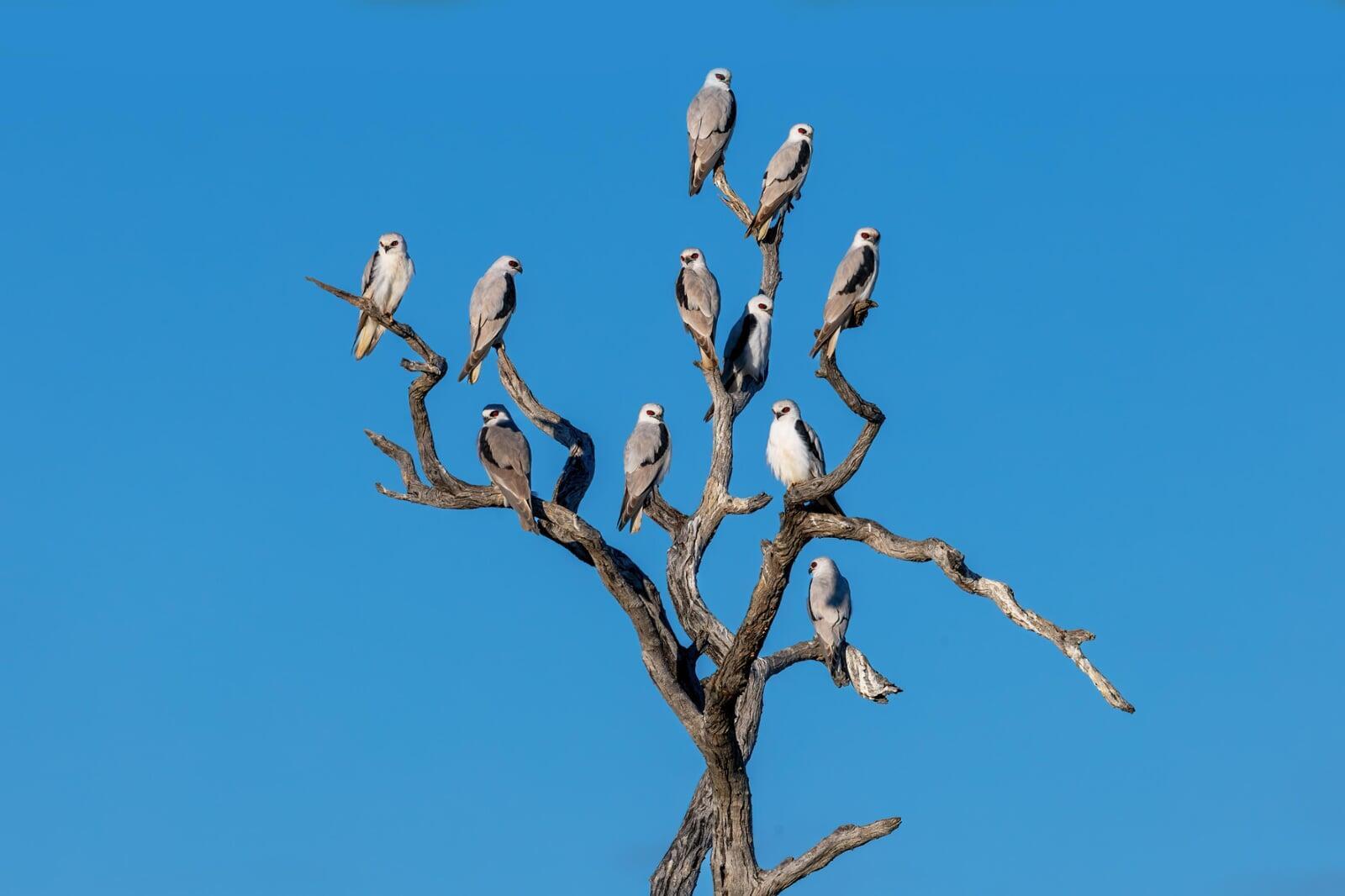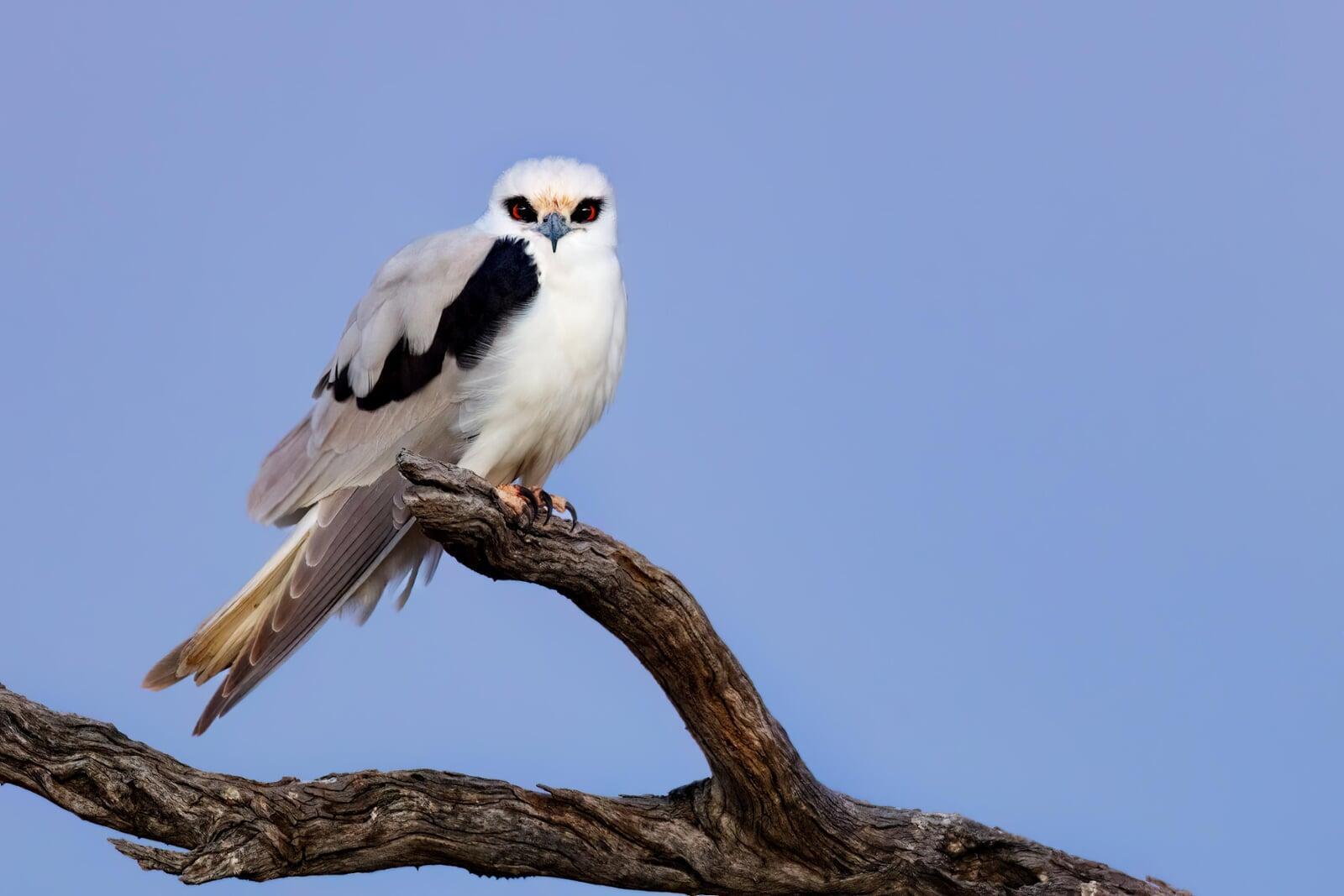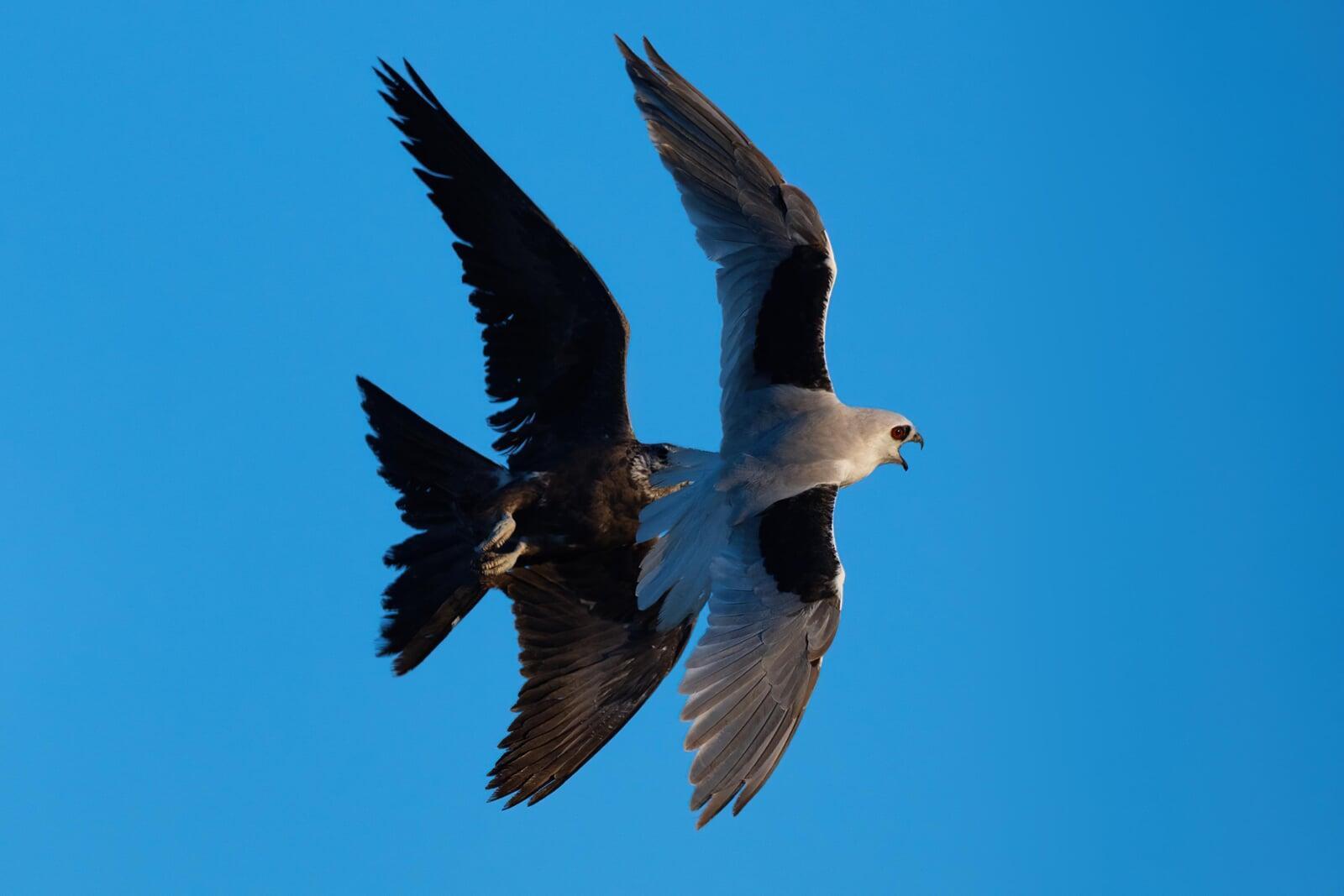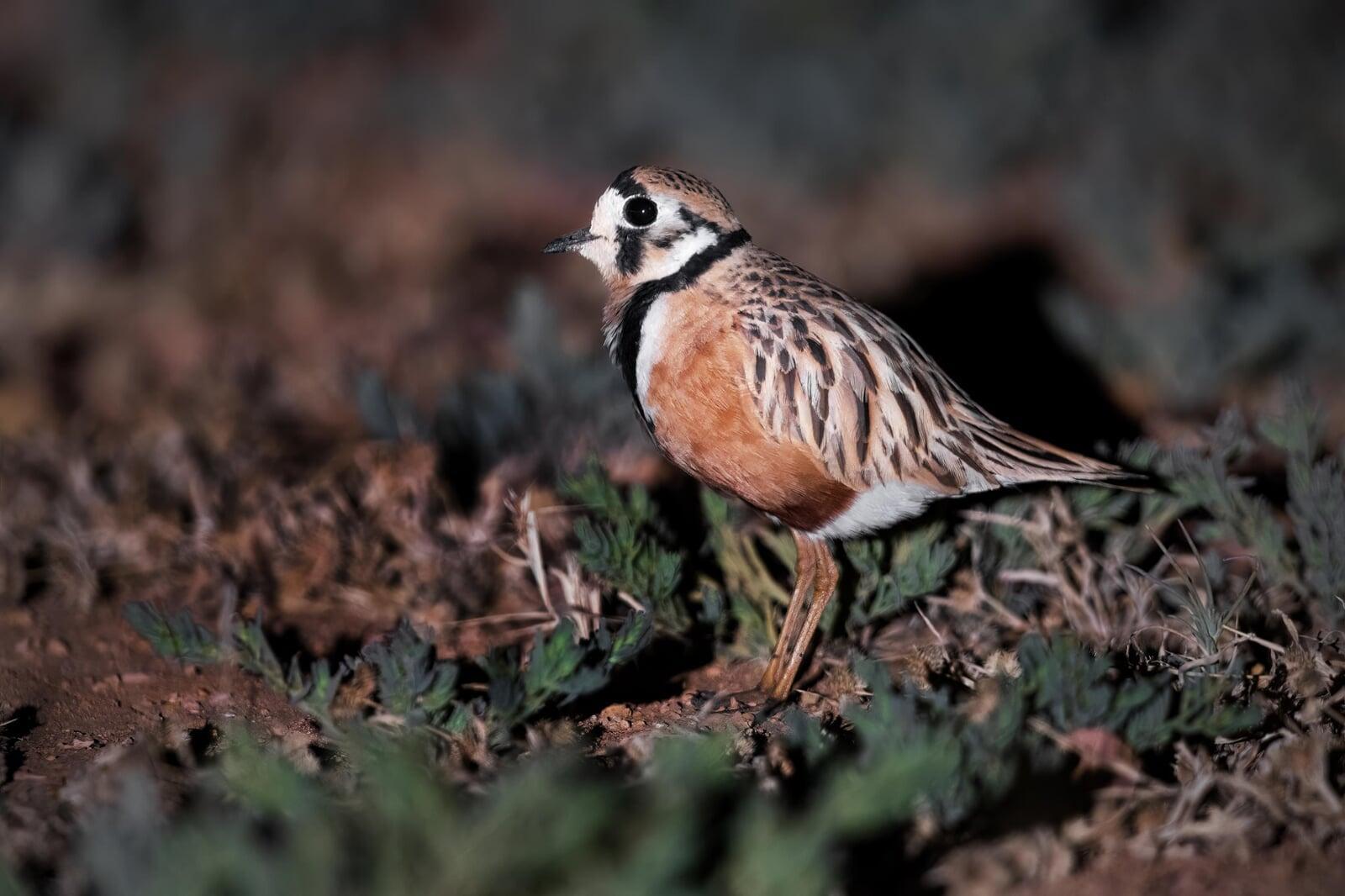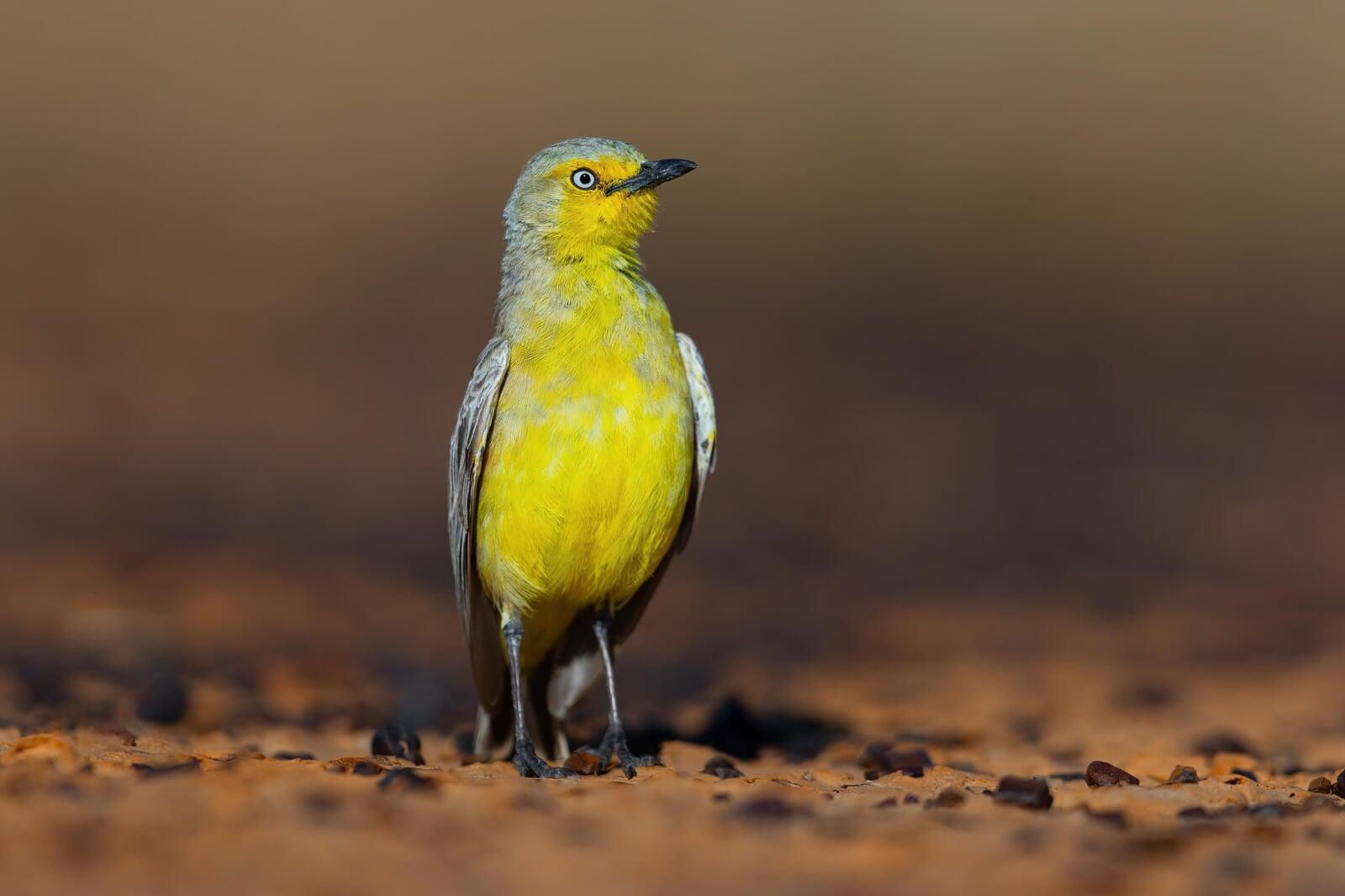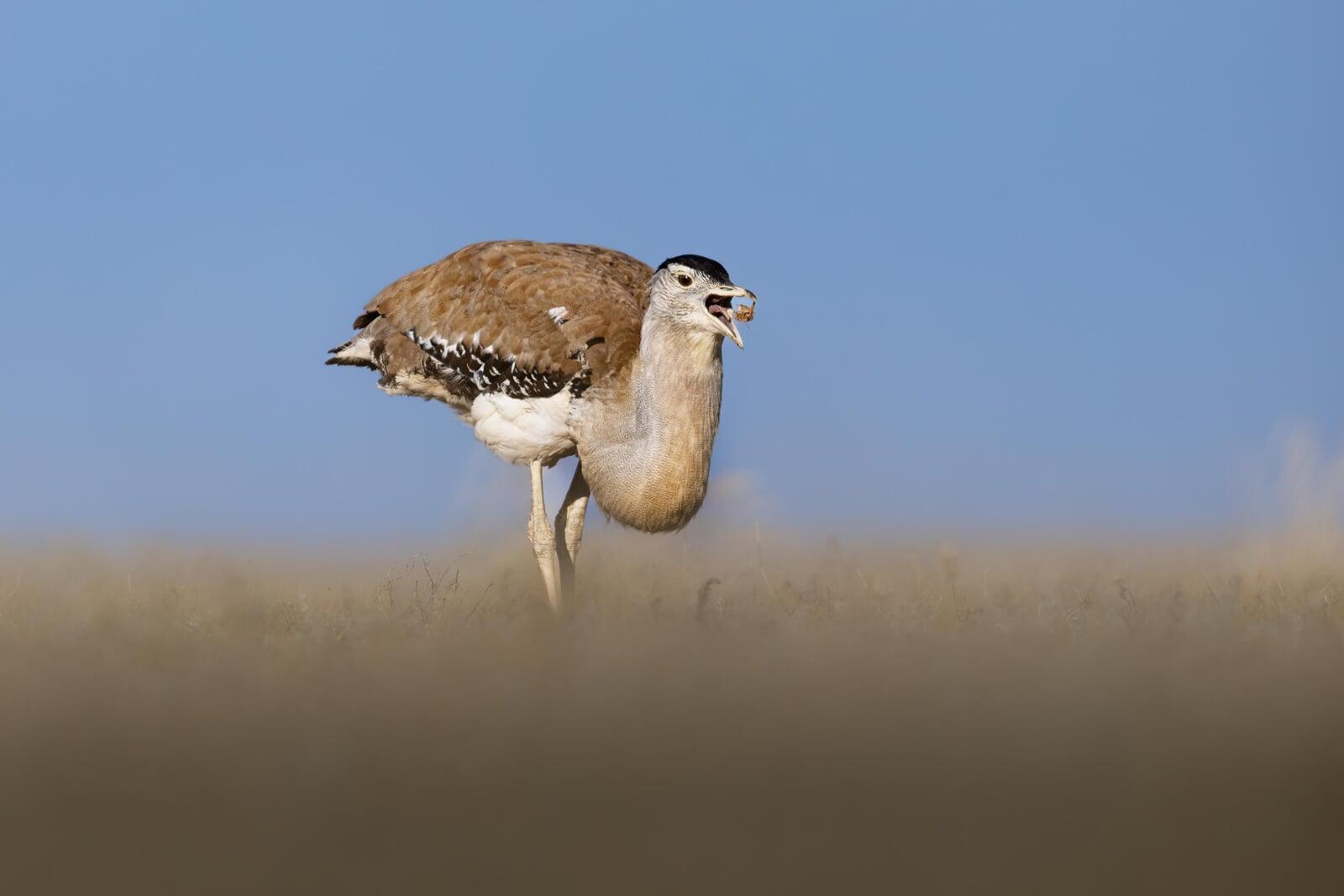Heavy inland rains in previous months and fine winter conditions in southwest Queensland made April an ideal window for a manic four-day circuit from Mount Isa through Winton, Opalton and south of Boulia. The country was in great condition - everything was green in ideal post rain conditions and the bird activity was exceptional.
Spinifex Ridges and Tank Hills in Mt Isa
After flying from Sydney via Brisbane and landing at 8:45am, the trip began with a dash to the Black Star Crescent water tanks, part of a network of ridges just east of Mount Isa. I figured trying a different spot to the usual Pamela St tanks might make things easier, but actually in hindsight I think the birds were less habituated further from town.
The rocky slopes are classic habitat for the Kalkadoon Grasswren (Amytornis ballarae). I hiked up to a ridgetop as quickly as I could after arriving - getting there by 9:15am or so thanks to an unusually efficient deplaning, car hire and airport egress process. I immediately commenced searching for the Kalkadoon grasswren, mostly ignoring some other cool stuff. I was able to locate some birds making very faint contact calls, but couldn't get any views. Eventually a single bird broke cover and jumped out on to a rocky area above the spinifex.
Carpentarian Country
The area northwest of Mt Isa contains one of the remaining populations of Carpentarian Grasswren (Amytornis dorotheae). Much of this habitat has been recently affected by fire. The habitat here was different to Mt Isa itself. The habitat felt harsher: low sandstone ridges, creek depressions burnt spinifex patches, and flies.
The search took around forty-five minutes before the first pair appeared, jumping between two spinifex bushes in a creek depression. I hung around the area for the rest of the day. My initial shots were not great. But they became much less skulking as the sun went down.
Other species shared the same ridges. Highlights from a photographic perspective included Black-throated Treecreeper, Crested Bellbird and Little Woodswallow. I heard Little Buttonquail as it got dark and I walked back to the car but I opted to have an early night because of a 4am start in Brisbane. Since I had done so well with the Carpentarian Grasswren I decided to retarget the Kalkadoon Grasswren the next morning.
Return to the Isa Hills
The following morning I was back on the same ridge as the previous morning well before dawn. I had considered trying other sites, but decided to go back to the same spot based on the previous success. I arrived early in the morning hoping to test out a prototype BeamMount Pro on spotted nightjar, but could only hear them distantly. Thermal imaging was nearly useless; the rock retained too much warmth overnight to pick out anything.
Normally the stillness of early morning is a great time to hear and locate grasswrens. I didn't hear anything! When the sun cleared the horizon, the slope where I had located came alive, but no grasswrens were to be seen - Rainbow Bee-eaters, Budgerigars and other birds all came to warm themselves in the first rays of sunlight. I worked from a low angle in my ghillie suit. A Brown Falcon swept through suddenly, scattering the budgerigars at close range. I didn't get a good photo. No Grasswrens this time, but the morning light and birds at close range was great.
South to Lark Quarry and Opalton
By late morning I began the long drive of roughly six hours through towards Lark Quarry and Opalton. The afternoon air was dry and still, perfect for sound recording. In the spinifex at the airstrip near Lark Quarry I found both Rufous-crowned Emu-wren (Stipiturus ruficeps) to be active and vocal. I also encountered other good birds like Bourke's Parrot. The search for Opalton Grasswren (Amytornis rowleyi) was initially fruitless. I did a random walk for a few kilometers through spinifex. I didn't locate any until the sun had just set.
I decided to drive back to Winton that night - this would allow me to attempt the Letter-winged Kite the next day and have a little time to try for Hall's Babbler. Driving back to Winton after dark was a little tense. The headlights in the hire car were poor and there were many kangaroos. For this reason I had to limit speed significantly and the drive back took a few hours.
Towards Channel Country
Day three began near Winton with a search for Hall’s Babbler (Pomatostomus halli) south of Winton on the road towards Opalton. The habitat looked right - open mulga with dense shrub patches - but the species refused to show. I walked around a lot searching and photographed Hooded Robin and Spinifex Pigeon and other species. When I returned to the car, a group appeared in the nearby tree, almost as if waiting. Unfortunately the best light had gone, but I was glad to see my last Australian babbler species before heading to Boulia.
The drive south in the direction of Astrebla Downs National Park from Boulia was extraordinary. Raptors everywhere Nankeen Kestrels, Black Kites, Brown Falcons, and Black Falcons. Flocks of Australian Pratincole worked the open flats, and a single Brolga pair. I stopped several times to photograph all of this action.
After sunset I drove slowly along the road looking for Inland Dotterel. This was straightforward. I photographed them with my torch and flash on the bonnet of the car again trying out a BeamMount. I would have liked to try for better shots, but I had to leave a reserve of fuel in my car and didn't have a long session.
Morning Over the Gibber Plains
The final morning broke still and clear and I began the drive back towards Mt Isa. At one point I stopped to photograph an Australian Bustard gobbling locusts. This busted flushed a Gibberbird (Ashbyia lovensis) which was a confiding finale to the trip.

